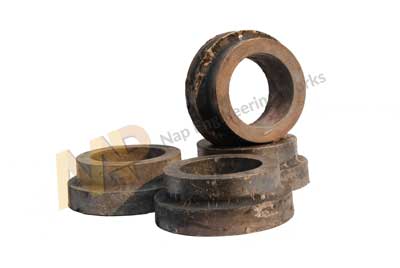Understand The Sand Casting Process In Few Easy Stages
Not everyone approaching a sand casting manufacturer is aware of the fact that this is one of the most preferred casting processes. Complex metal parts are made using expendable sand molds. You can use the casting process to manufacture almost every alloy. If you are willing to manufacture any metal component with complex geometries, start looking for a casting manufacturer. If you are willing to know more about the sand casting process cycle, check the six main stages involved.
6 Main Stages Of Sand Casting Process According To Manufacturers
- Mold Making
Creating the casting mold is the first step involved in the sand casting process. The external space of the casting is quite similar to the pattern and you need to pack the sand around this. After removing the pattern, the casting form remains. The time taken to make the mold depends on the time taken to position the pattern, pack the sand and remove it. Aluminium Gravity Die Casting Manufacturers first position the pattern before packing the sand and then finally removes the pattern.

- Clamping
You need to ensure that the molten metal is prepared to be poured inside the mold. Lubricate the mold cavity’s surface which makes it easy to remove the casting later. Close the mold halves and position the cores. Unless you can securely close the mold halves, loss of material might occur.
- Pouring
It is entirely the responsibility of the non-ferrous casting products manufacturers to maintain the temperature of the molten metal in the furnace. You can pour the molten metal into the mold after it has been clamped. The pouring process can either be done using an automated machine or manually. The metal should be poured quickly to prevent any sort of early solidification.
- Cooling
Once the metal enters the cavity, it starts cooling. Sand Casting Manufacturers get the desired shape of the casting after the molten metal fills the cavity and gets solidifies. They ensure not to open the mold unless the cooling time has elapsed. The temperature of the metal and the thickness of the casting wall determines the necessary cooling time. If any mistake is made during the solidification process, defects might develop in the casting.
- Removal
Break the sand mold and remove the casting after the solidification time has elapsed. Manufacturers generally use a vibrating machine to shake the sand and cast out the flask. Though you might find a layer of oxide and sand on the surface, you can use shot blasting to get rid of the remaining sand from the internal surfaces.
- Trimming
Materials from the mold might get attached to the casting and cool during the solidification process. Sawing and cutting help in trimming the excess material. The size of the casting envelope determines the time necessary to trim the excess material.
Since you are now aware of the main stages involved during the sand casting process, it’s time you start looking for a reliable manufacturer.

